| Classic giant-screen film formats We consider three film formats to be “large-format” or “giant-screen.” They are: | |
| 15/70 Originally developed by Imax Corporation in 1970, this format uses 70mm film run through the projector horizontally, so that the width of the film is the height of the frame. In all other LF and conventional formats, the film runs vertically, so that the width of the film is the width of the frame. Each frame is 15 perforations wide, hence the term “15/70.” The area of the frame is about 52mm high by 70mm wide (2 inches by 2.75 inches). The 15/70 frame is almost nine times larger than the conventional 35mm frame (below). It is slightly less than twice as large as 8/70. Imax Corp. was long the exclusive maker of 15/70 projectors and cameras, although a few other manufacturers briefly made 15/70 systems. |  |
| 10/70 Produced exclusively by Japan’s Goto Optical Manufacturing for its planetarium customers, 10/70 was optimized for projection onto a dome. Known as Astrovision, 10/70 is found in theaters in Japan, China, India, and Bangladesh. Virtually all films presented in 10/70 theaters were originated in 15/70 and printed to 10/70. | 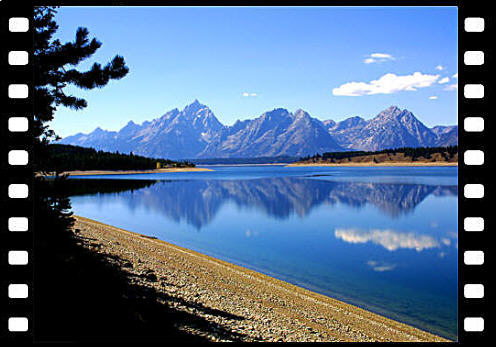 |
| 8/70 The 8/70 format runs vertically, with a frame that is about 38mm high and 52mm wide (1.5 inches by 2 inches.) Because 8/70 uses about half as much film per minute as 15/70, shooting in 8/70 is less expensive and prints are about half the cost of 15/70 prints. Many manufacturers produced 8/70 projectors. | 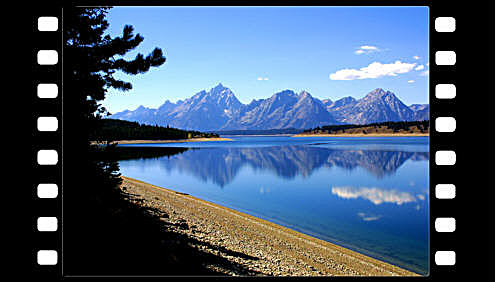 |
Conventional film formats These film formats were used in most movie theaters for decades before the introduction of digital cinema in the early 21st century. | |
| 5/70 Rarely seen in theaters now, this was once the premiere format for high-quality conventional film production and exhibition. Frame area is about 23mm high and 52mm wide (0.9 inches by 2 inches ), one third the size of the 15/70 frame. | 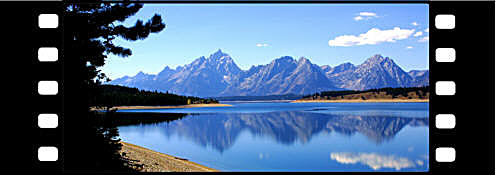 |
| 35mm The standard format formerly used in nearly all conventional movie theaters before the introduction of digital projection in 2008. It is now quite rare in multiplexes. The frame size is about 17.5mm high by 21mm wide (0.7 inches by 0.83 inches). |  |
Digital Formats Since 2005, digital projection systems have replaced nearly all film projectors in conventional multiplex theaters, and in more than half of all giant-screen theaters as well. | |
| 4K Digital Three manufacturers now provide digital cinema projectors using Texas Instruments’ 4K DLP Cinema chip (top to bottom): Barco, Christie, and NEC. 4K systems have been widely accepted by the GS industry as suitable replacements for 15/70 film. See article here. Barco and Christie offer laser-illuminated versions of their 4K digital projectors. | 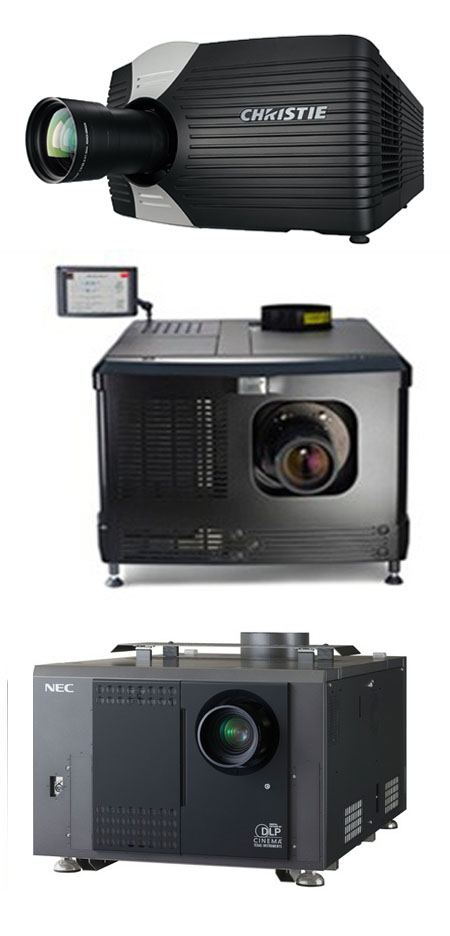 |
| Dolby Vision In 2015, Dolby Laboratories partnered with Christie Digital to develop Dolby Vision, a high-dynamic-range (HDR) projection system with 500 times the contrast ratio of other digital projectors: 1,000,000 to 1, compared to 2,000:1. The system uses two Christie 4K laser projectors and puts out an image with luminance of 31 foot-Lamberts, more than twice as high as conventional projection (14 fL) and much higher than IMAX (22 fL). Dolby Vision is part of the company’s Dolby Cinema package, which includes the Dolby Atmos sound system and special theater treatments to reduce ambient light and enhance comfort. | |
| IMAX digital Imax Corporation introduced its first digital projection system in 2008, using two Christie 2K projectors and proprietary image processing. (Later systems were manufactured by Barco.) With an aspect ratio of 1.9, this system was designed to be installed in existing multiplex auditoriums. | 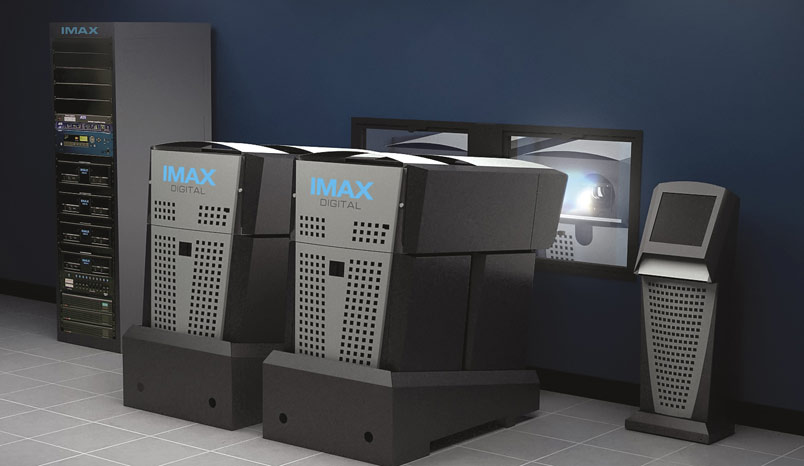 |
| IMAX with Laser In 2015, Imax began the rollout of its first laser projection system, which it labeled “GT” (confusingly, the same term it had used for its largest 15/70 film-based projectors). It uses two custom-designed 4K laser-illuminated projectors, based in part on patents purchased from Kodak, and built in partnership with Barco. It has an aspect ratio of 1.43, achieved with a vertical anamorphic stretch of the standard 1.9-ratio 4K image. It is designed to replace 15/70 film projection in the largest IMAX theaters, with screens over 80 feet (24 meters) wide. In 2018 Imax introduced a 4K laser system for dome theaters, based on a single GT laser projector, as seen at the right. It has the same 1.43 vertical anamorphic stretch as the two-projector IMAX flat-screen laser system. The projector is placed in the center “doghouse” position of the dome, on an elevator, similarly to the film projector it replaced. Unlike most other digital projectors, these systems are not capable of frame rates higher than 48 fps, and can only achieve 48 fps by dropping down to 2K resolution. Reportedly, Imax has no plans to upgrade these systems to higher performance standards. | 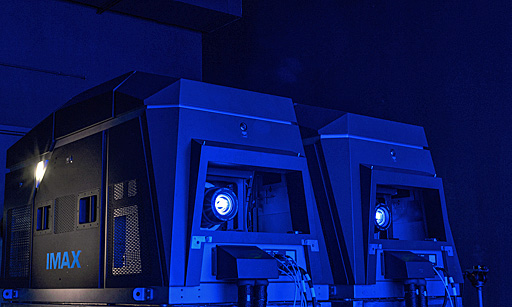 |
| Also in 2018, Imax rolled out a laser projector designed specifically for multiplexes, known within the company as the “commercial” model. It has a 1.9 aspect ratio. | 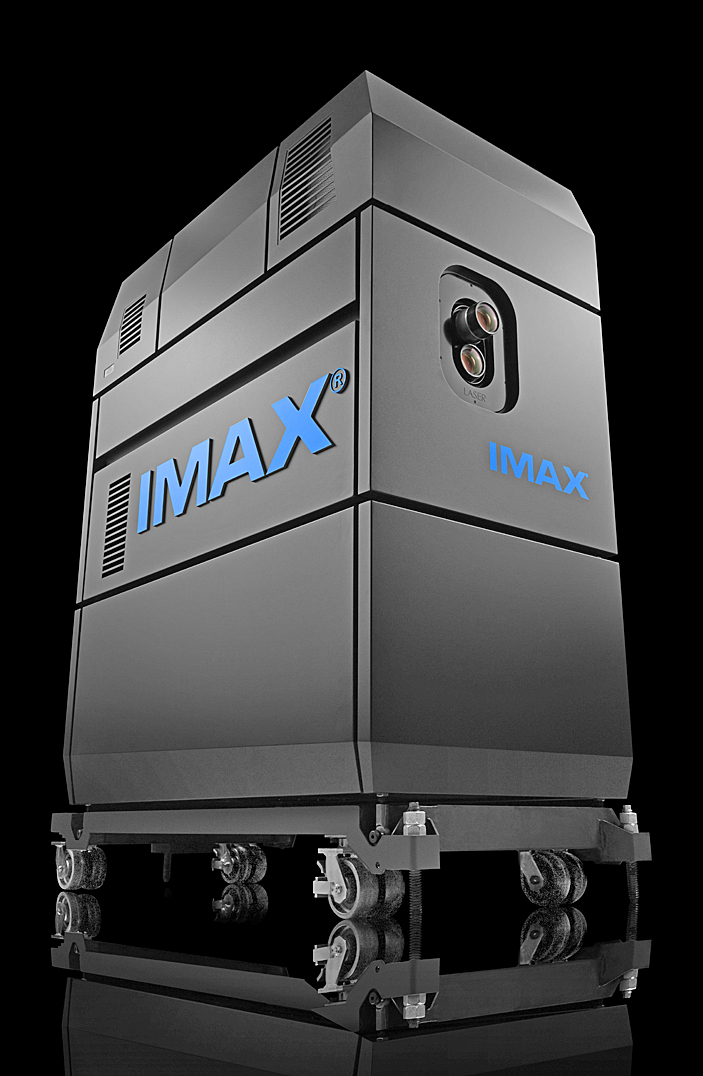 |
| D3D CineDome Developed by D3D Cinema and Christie, this system for domes provides a 6K image by using three 4K laser projectors, oriented in portrait mode and projecting from the back of the theater, to cover a dome screen. | |
| Samsung Onyx LED screen The first direct-view LED display installed in cinemas. The 4K display offers much higher brightness and contrast ratios than even laser projection systems, with light levels equivalent to 146 foot-Lamberts, five times brighter than Dolby Cinema (see above), nearly seven times brighter than IMAX laser systems, and ten times brighter than conventional cinema. Currently available in sizes up to 46 feet (14 meters) wide. | 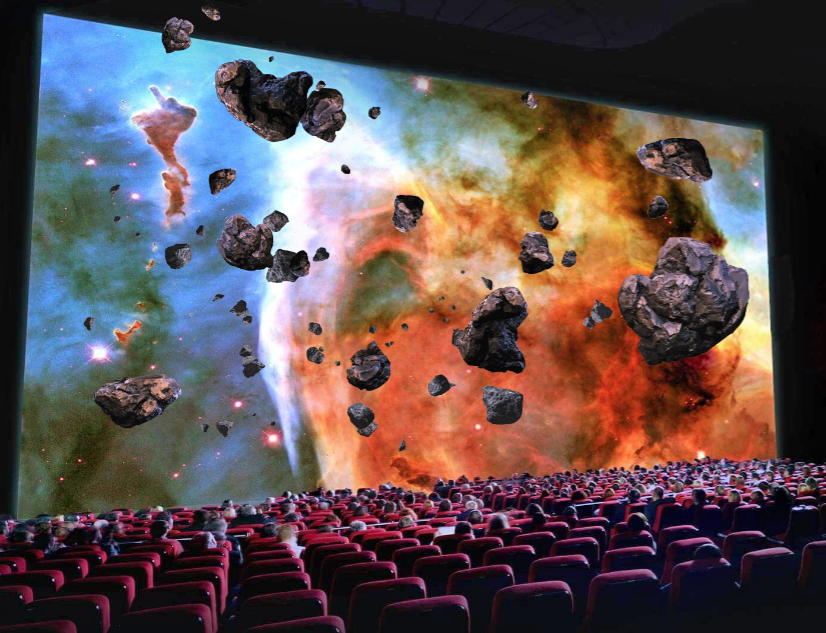 |
| Evans & Sutherland DomeX A direct-view LED dome system, announced in 2019, that will provide 8K images on domes 66 feet (20 meters) in diameter and larger. The first DomeX installations are expected in 2021. | 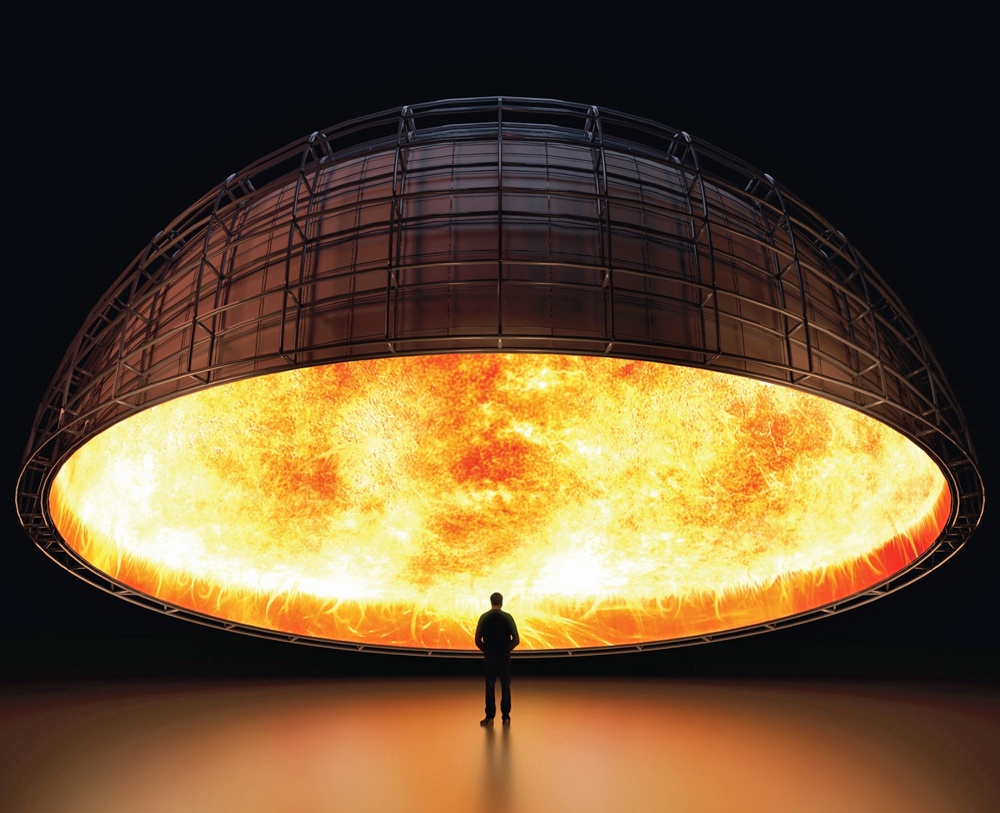 |
Photo of Grand Tetons by James Hyder. © 2002 by Cinergetics, LLC.
